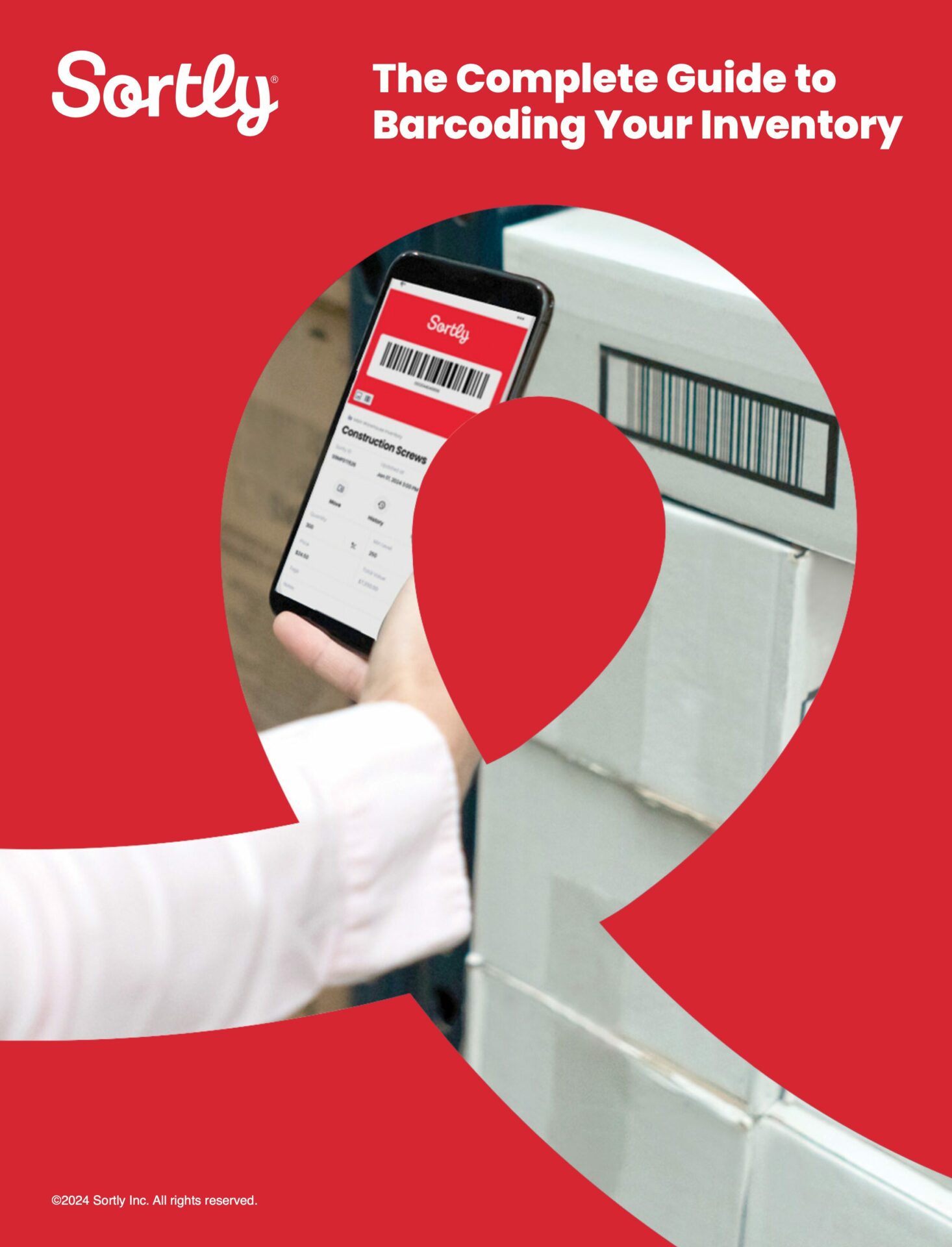When it comes to inventory management, using photos is one of the simplest ways to better understand your inventory at a glance. After all, when rapidly scrolling through an inventory list, high-resolution images can provide quick context on the go—and unlock a whole host of other benefits, too.
In this article, we’ll discuss five key reasons to use images in your inventory management strategy in detail.
1. Images of your inventory are worth a thousand words
One of the chief reasons inventory spreadsheets fall short for so many businesses is that they are not particularly good at displaying anything but alphanumeric words and codes. For smaller businesses that carry very little inventory, this may not be a concern. However, for companies that stock more than a few dozen items, and especially for businesses whose work is highly visual or businesses that stock items with similar names, the introduction of images in an inventory database can be a game-changer.
For example, using visual inventory management software, home stagers can track item variants and item condition with ease—without driving across town to sift through a warehouse or get items out of storage. They can, simply by scrolling through a visual database, see what they have on hand, at another location, or currently in use in a staged property.

2. Images help reduce human error
In many industries, and especially for businesses that stock thousands and thousands of items, an item name in and of itself is not particularly meaningful. In fact, referring to inventory by item name alone can introduce many opportunities for human error.
To combat this, many businesses add more and more details to item profiles to differentiate a given item from similar supplies, materials, equipment, and assets. Still, such differentiation is not always enough. To create even more clarity on exactly what’s inside a box or what an item name indicates, savvy businesses both upload high-resolution images and sync barcodes and QR codes as additional safety measures.
These barcodes and QR codes are virtually infallible. They ensure that, when scanned, an inventory management software user winds up interacting with the right item every single time. And with the help of visual images that pop up when the QR code is scanned, users will have an additional opportunity to verify the scanned item.
This easy, comprehensive guide will help you:
Free Ebook: The Complete Guide to Barcoding Your Inventory
3. Images speed up inventory management
While the visual benefits of using inventory management software that syncs with photos are clear, there’s an indirect benefit, too: visual inventory, by way of enhancing employee understanding of inventory and reducing human error, can also help expedite many tedious inventory processes.
From counting and auditing inventory to simply not having to deal with the productivity hit of inventory stockouts, upgrading to a truly visual inventory database can change inventory management systems for the better.
4. Images can also aid businesses in maintenance tracking
Fourthly, one of the greatest benefits of creating a visual inventory management system is that these images can help businesses monitor changes in inventory and asset conditions over time. This is particularly true for equipment and other fixed assets because their value can depreciate, and images of dwindling conditions can serve as evidence of such decline in the face of an audit or other inquiry.
In construction, for example, equipment and machinery need to be properly maintained. This maintenance can be tracked easily in inventory management software such as Sortly—but so too can the changing condition of equipment, which can cost tens of thousands of dollars or more. With the snap of a photo, the lifecycle of these high-value assets can be automatically recorded, assisting all sorts of different departments—from procurement to maintenance to accounting—in fulfilling their own responsibilities.
5. Inventory visuals can take custom reports to the next level
When a business utilizes inventory management software like Sortly, they unlock the ability to generate truly customized reports full of all of the information they want—and none of the information they don’t need. Whether these reports are used for internal or external purposes, there’s no debating that adding high-resolution images to these PDFs and spreadsheets provides a whole new level of understanding for all parties involved.
Interior designers may share a custom-filtered list of antiques on hand with a client, and a party rental company may do the same with tablecloths. If businesses are using such reports to conduct end-of-year inventory counts, these pictures can provide the confirmation employees need to perform counts accurately and confidently.
About Sortly

Sortly is an inventory management solution that helps businesses track, manage, and organize their inventory from any device, in any location. Our easy-to-use inventory software is perfect for businesses of all sizes, regardless of the type of inventory they track. Sortly seamlessly integrates inventory tracking into your daily workflow, allowing you to save time and money, satisfy your customers, and ensure the success of your projects.
With Sortly, you can track inventory, assets, materials, and supplies. It comes equipped with smart features like barcoding and QR coding, inventory photos, low stock alerts, customizable folders, data-rich reporting, and much more. Best of all, you can update inventory directly from your smartphone.
Whether you’re just getting started with inventory management or you’re an expert looking for a more efficient solution, we can transform how your company manages inventory—so you can focus on building your business. That’s why over 15,000 businesses globally trust us as their inventory management solution.
Start your two-week free trial of Sortly today.




